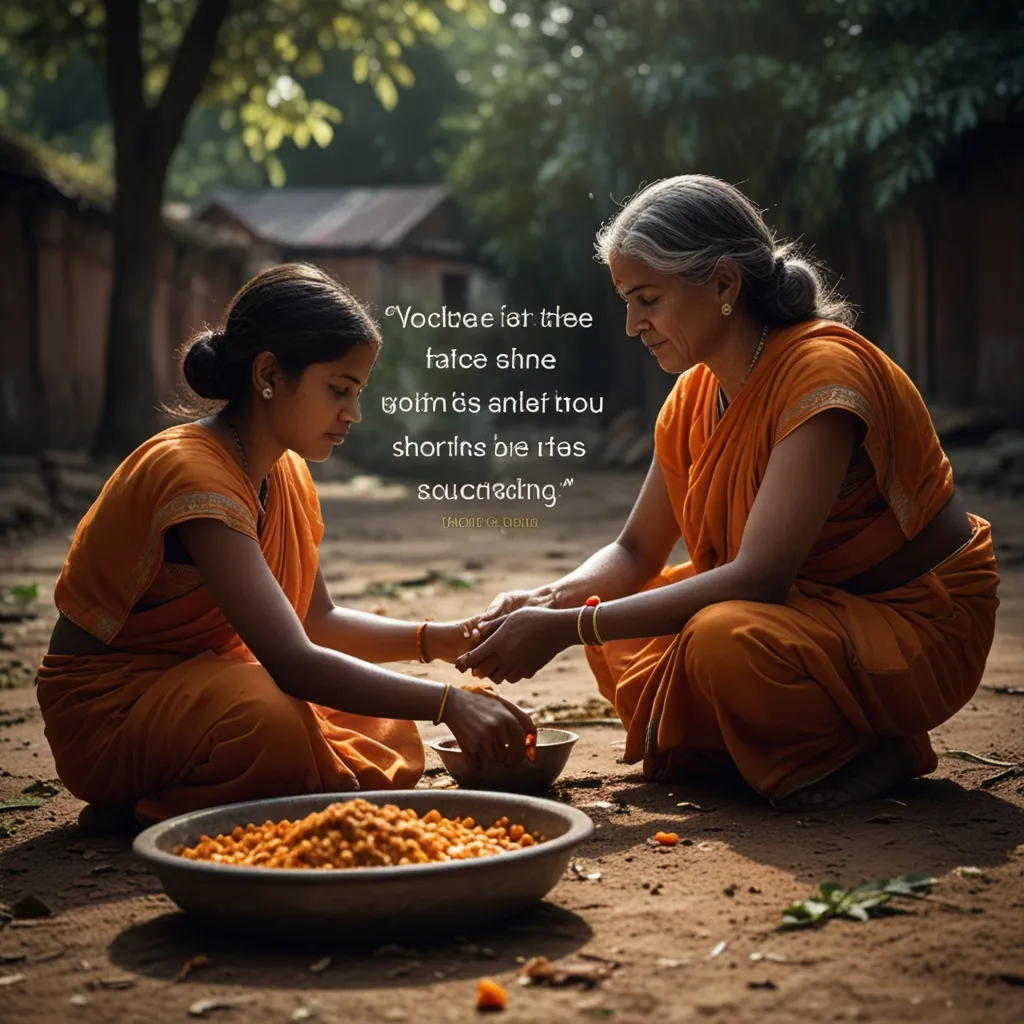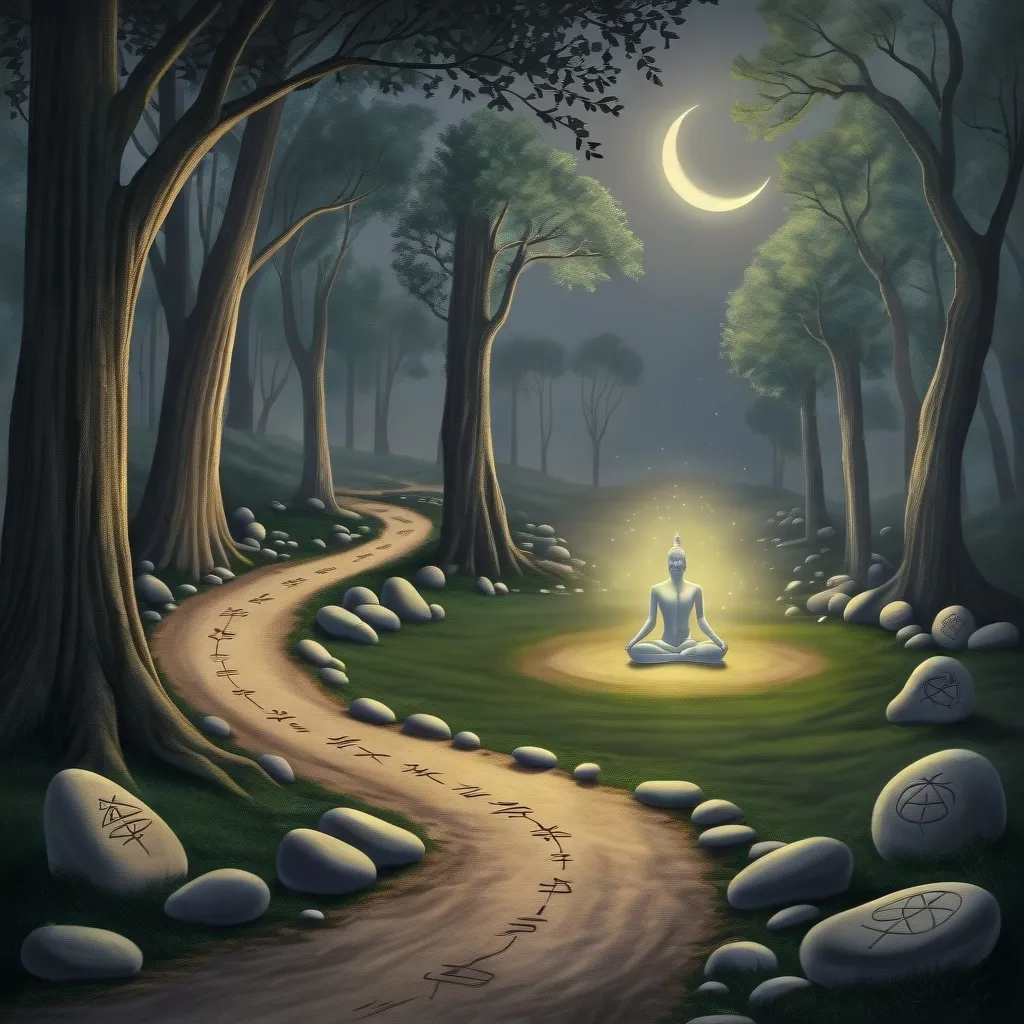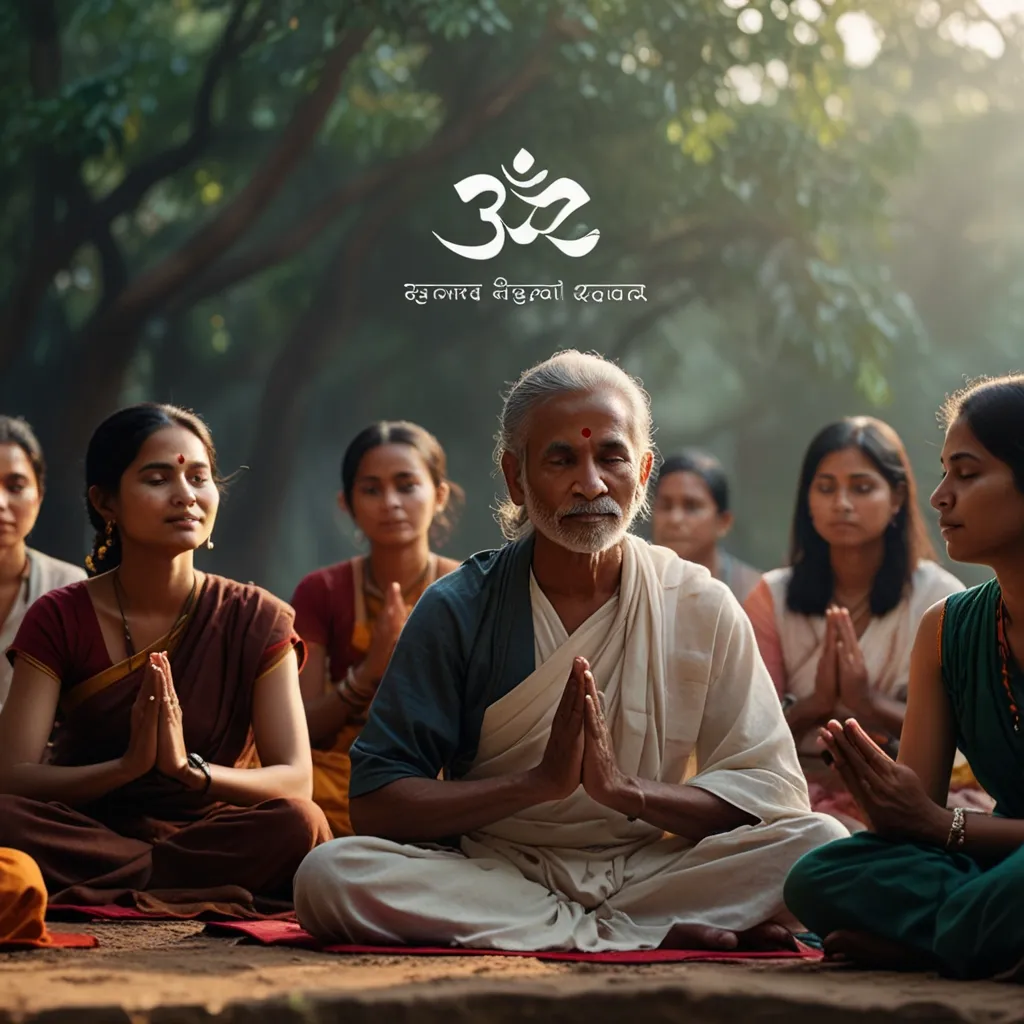In the vast and intricate landscape of Hindu philosophy, one of the most profound and complex schools of thought is Advaita Vedanta. This philosophy, often translated as “nondualism,” posits that the ultimate reality is a unified, dynamic field of consciousness. At its core, Advaita Vedanta teaches that the individual self, or jivatman, is not separate from the universal Self, or Brahman, but is instead an integral part of it.
To understand this concept, let’s start with the idea that our everyday experience is rooted in a false sense of duality. We perceive the world and ourselves as separate entities, distinct from one another. However, according to Advaita Vedanta, this perception is an illusion, a product of maya or the measuring and conditioning of our minds. This illusion creates a sense of separation and individuality, leading us to believe that we are independent selves making choices in a dualistic world.
But what if this separation is merely an appearance? What if, at the deepest level, we are all part of a single, undivided reality? This is the essence of Advaita Vedanta. The philosophy suggests that the jivatman, our individual experiencing self, is a mere reflection or limitation of the singular Atman manifesting in multiple bodies. This means that the distinctions we make between ourselves and others, between the self and the world, are not fundamental but rather superficial.
The path to realizing this unity is through a process of spiritual discipline and experience. Advaita Vedanta advocates for the attainment of moksha, or liberation from suffering and rebirth, through the knowledge of Brahman. This knowledge is not just intellectual but experiential; it involves recognizing the illusoriness of the phenomenal world and disidentifying from the body-mind complex.
One of the key practices in this journey is svādhyāya, the study of the self and the Vedic texts. This involves four stages: virāga (renunciation), sravana (listening to the teachings of the sages), manana (reflection on the teachings), and nididhyāsana (introspection and profound meditation). These stages help in negating misconceptions and false ego-identities, allowing one to perceive the ultimate truth of the oneness of Brahman.
A crucial aspect of this meditation is the use of mahavakyas, or great Upanishadic statements, such as “tat tvam asi” (“that art thou” or “you are That”). These statements are taken literally and form the scriptural evidence for the identity of jivanatman and Atman-Brahman. By meditating on these statements, one can transcend the false sense of separation and realize the true nature of the self.
But how does this realization manifest in practical terms? According to Advaita Vedanta, when our mind and heart are truly open, we experience a unified dynamic field of consciousness. This state is not something to be intellectually understood but lived. It is a state of pure awareness where everything is already known, a state often referred to as Samadhi.
In this state, the distinctions between the individual self and the universal Self dissolve. It is akin to seeing ice, water, and steam as different forms of the same substance, H₂O. Here, the apparent differences in the world are recognized as manifestations of a single underlying reality.
The concept of Sphurana adds another layer to this understanding. Sphurana refers to the initial throb or pulsation of self-awareness, the first ripple in the ocean of consciousness. It describes the emergence of the ‘I’ thought and its eventual dissolution back into pure awareness. This pulsation is not just a metaphor but a lived experience for those who delve deep into meditation and self-inquiry.
For instance, the teachings of Sri Ramana Maharshi, a 20th-century sage, emphasize the practice of self-inquiry, often summarized in the question “Who am I?” This inquiry is not about finding an answer but about experiencing the truth of one’s being. It involves developing a discerning mind, known as vichara or vairagya, which allows one to distinguish between the true and the false, and to remain non-reactive to the fluctuations of the mind.
In practical terms, this means living a life where one is not constantly reacting to every thought or situation. It involves a sense of detachment and non-identification with the body and mind, allowing one to stay grounded in the midst of chaos. This is not about achieving a state of indifference but about being fully present and aware.
Advaita Vedanta is not just a philosophy; it is a way of life. It is about recognizing and living the unity that underlies all existence. When we understand that our true nature is not separate from the universal consciousness, we begin to live with a sense of love, contentment, and wisdom. Our choices and actions are no longer driven by a false sense of individuality but by a deep understanding of our interconnectedness with all.
In this sense, the question of who makes choices that are not in alignment with the higher self becomes moot. The choices we make are part of the illusion of duality, but as we realize our true nature, these choices become aligned with the universal consciousness naturally. It is not about making the right choices but about living from a place of unity and awareness.
As we embark on this journey of self-discovery and realization, we find that the distinctions between the self and the world begin to fade. We are no longer just individuals making choices; we are part of a cosmic ripple, a pulsation of pure awareness that underlies all existence. This realization is not just a theoretical concept but a lived experience, one that transforms our understanding of ourselves and the world around us.






